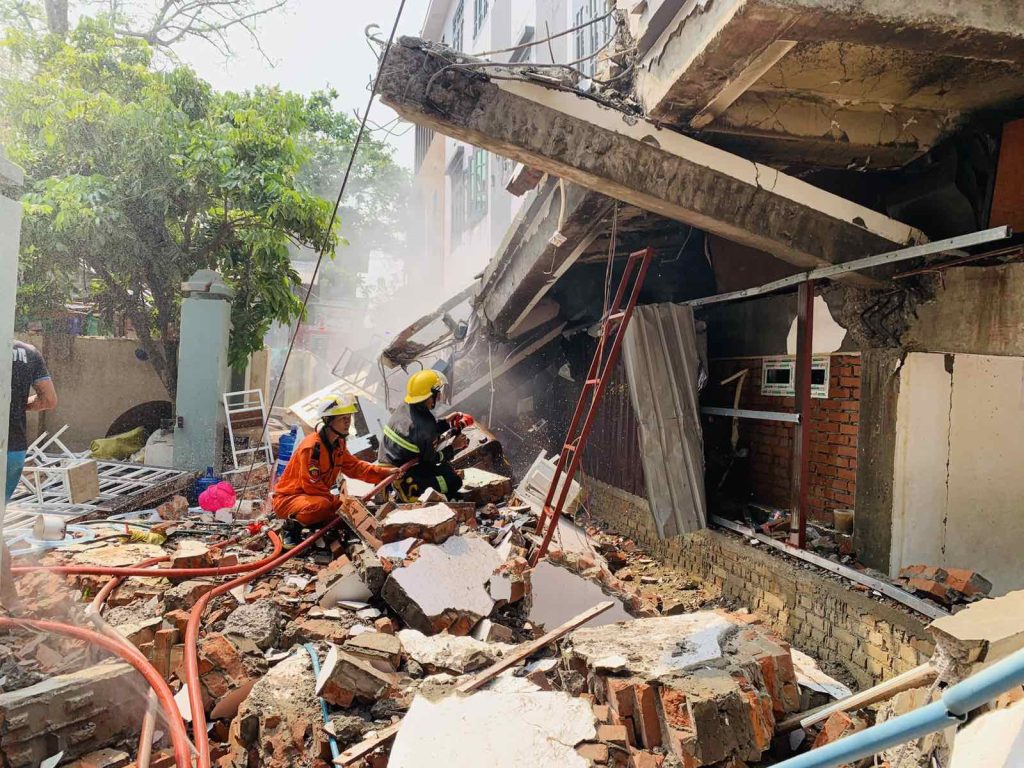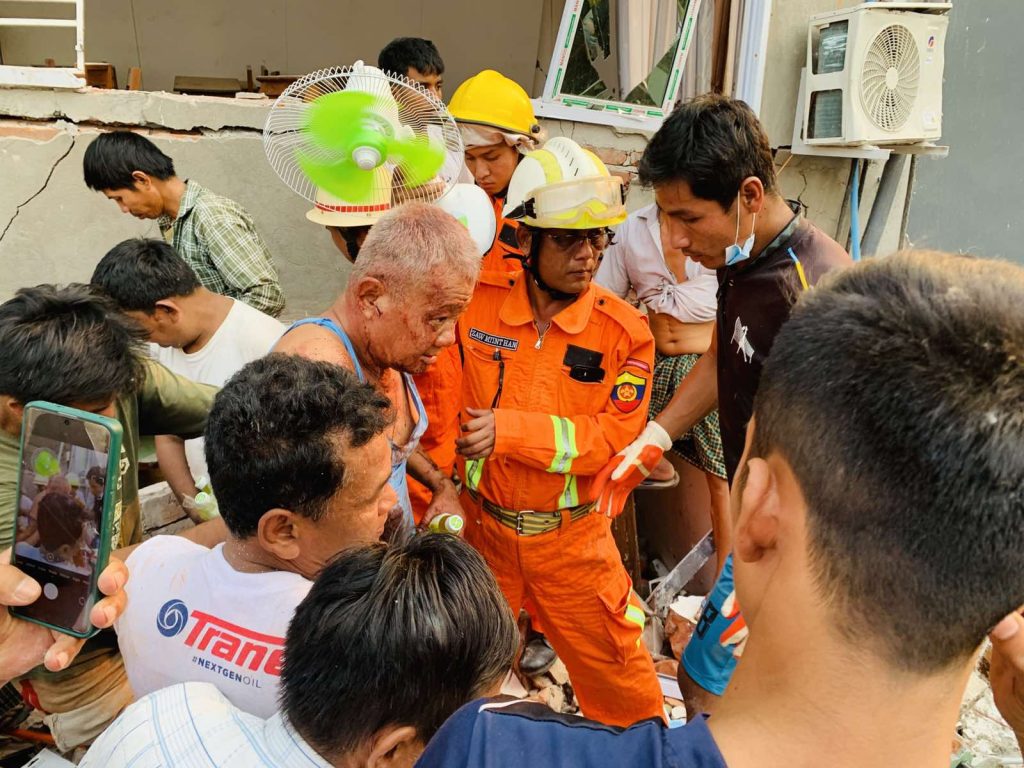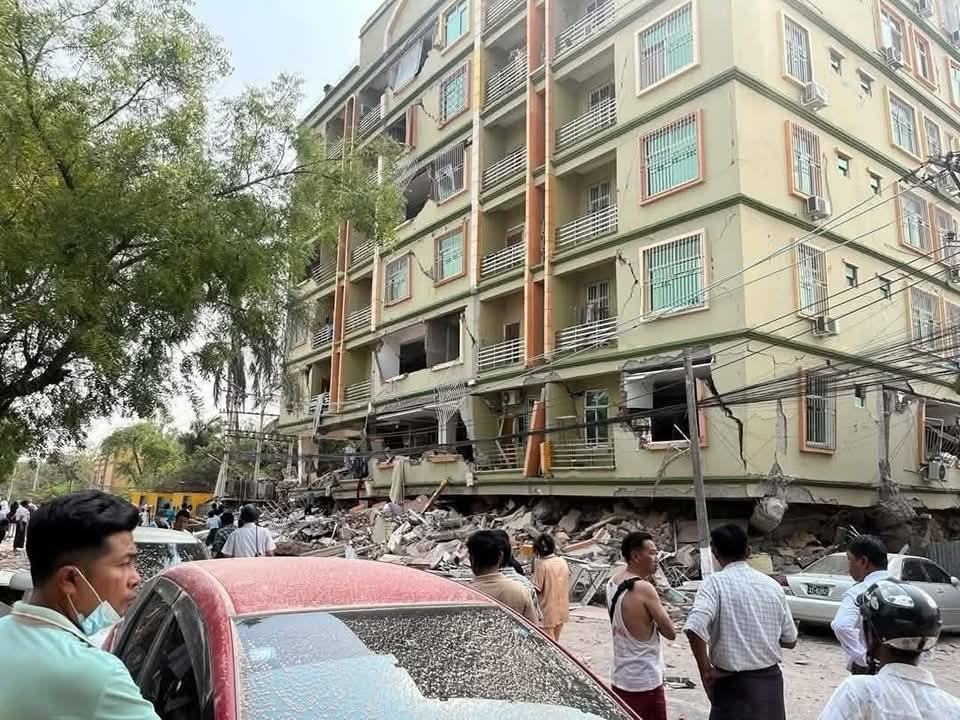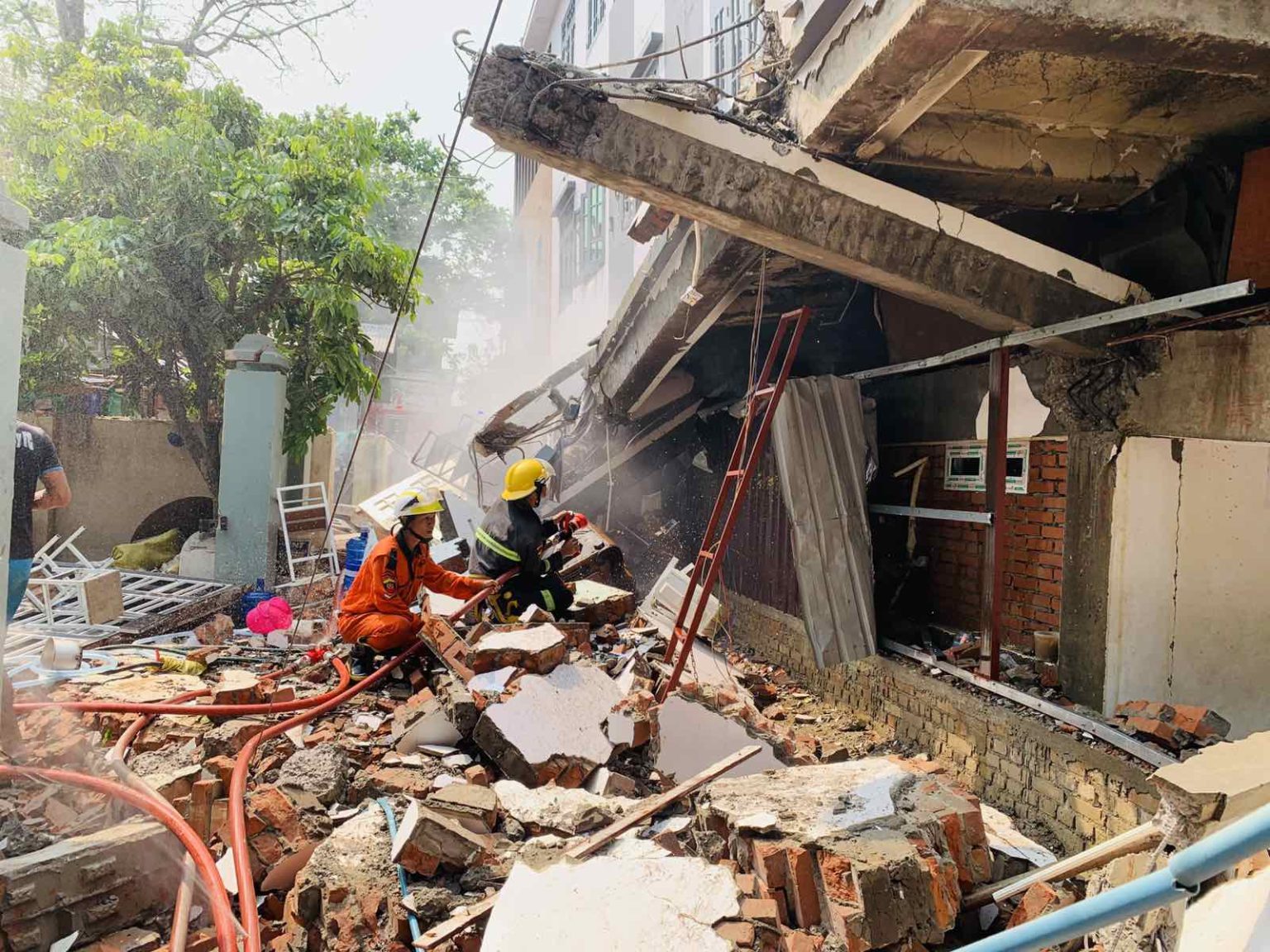Devastating 7.7-Magnitude Earthquake Strikes Myanmar, Over 1,700 Dead as Rescue Efforts Continue
- 0 comments
- 2 months ago
- Natural Disasters
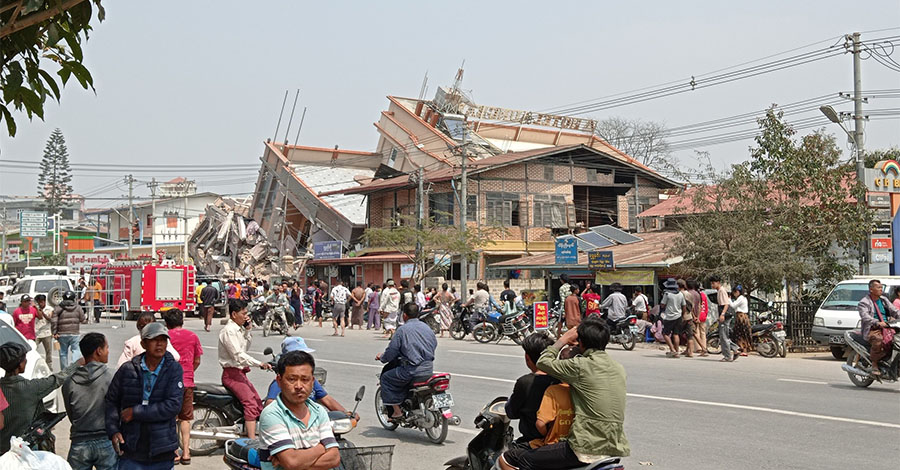
A devastating 7.7-magnitude earthquake struck central Myanmar on March 28, 2025, causing widespread destruction and loss of life. The quake’s epicenter was near Mandalay, the country’s second-largest city, and its tremors were felt across neighboring countries, including Thailand, Laos, Vietnam, Bangladesh, and China.
Casualties and Damage
As of March 31, the death toll in Myanmar has risen to at least 1,700, with over 3,400 injured and approximately 300 individuals still missing. In Thailand, the earthquake led to the collapse of a building in Bangkok, resulting in 17 deaths, 32 injuries, and 83 people unaccounted for. The earthquake caused significant damage to infrastructure, including hospitals, highways, and residential buildings, complicating rescue and relief efforts.
International Aid and Relief Efforts
In response to the disaster, international aid has begun to flow into Myanmar. Countries such as China, Russia, India, Thailand, and Singapore have dispatched rescue and medical teams to assist in search and recovery operations. Vietnam, Malaysia, and Australia have also pledged support, with Australia contributing A$2 million through the Red Cross. Despite these efforts, a severe shortage of medical supplies, including trauma kits and essential medicines, is hampering relief operations.
Complications Amid Ongoing Conflict
The situation is further complicated by Myanmar’s ongoing internal conflict. Reports indicate that the military junta has continued airstrikes in affected areas, even targeting civilians fleeing the disaster. The opposition’s National Unity Government (NUG) has called for a temporary ceasefire to facilitate aid delivery, but challenges persist in coordinating humanitarian efforts due to the complex political landscape.
Aftershocks and Continued Risk
Since the initial quake, numerous aftershocks have been recorded, including a significant 6.7-magnitude tremor minutes after the main event. A subsequent 5.1-magnitude aftershock occurred in Mandalay, adding to the challenges faced by rescue teams and residents.
Conclusion
The earthquake has exacerbated the humanitarian crisis in Myanmar, a nation already grappling with political turmoil and conflict. The international community continues to mobilize resources and support, but access to affected regions remains a significant hurdle. The full extent of the disaster is still unfolding, and the need for coordinated relief efforts is more critical than ever.

